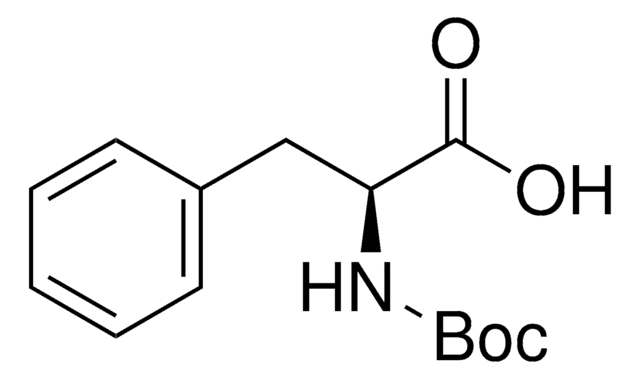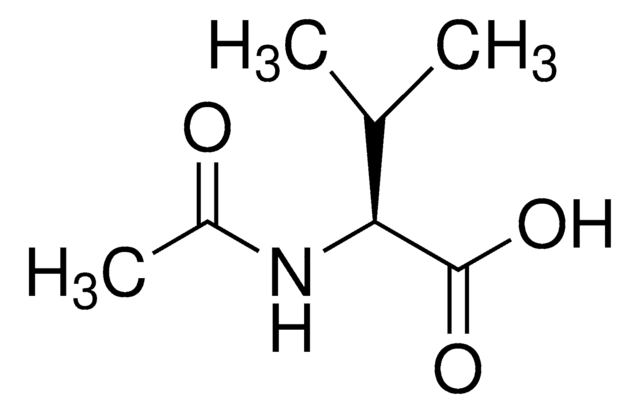806463
Ac-Val-OH
Synonym(s):
N-α-Acetyl-L-valine, N-Acyl-Valine
About This Item
Recommended Products
Assay
95%
form
powder
mp
170.5 °C
application(s)
peptide synthesis
SMILES string
O=C(O)[C@H](C(C)C)NC(C)=O
InChI
1S/C7H13NO3/c1-4(2)6(7(10)11)8-5(3)9/h4,6H,1-3H3,(H,8,9)(H,10,11)/t6-/m0/s1
InChI key
IHYJTAOFMMMOPX-LURJTMIESA-N
General description
Application
Storage Class Code
11 - Combustible Solids
WGK
WGK 3
Flash Point(F)
Not applicable
Flash Point(C)
Not applicable
Choose from one of the most recent versions:
Certificates of Analysis (COA)
Don't see the Right Version?
If you require a particular version, you can look up a specific certificate by the Lot or Batch number.
Already Own This Product?
Find documentation for the products that you have recently purchased in the Document Library.
Related Content
Yu program focuses on efficient C–H bond activation for drug synthesis, using simple starting materials.
Our team of scientists has experience in all areas of research including Life Science, Material Science, Chemical Synthesis, Chromatography, Analytical and many others.
Contact Technical Service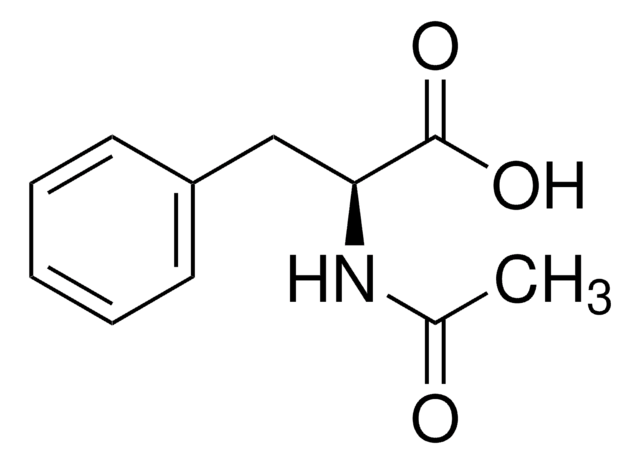
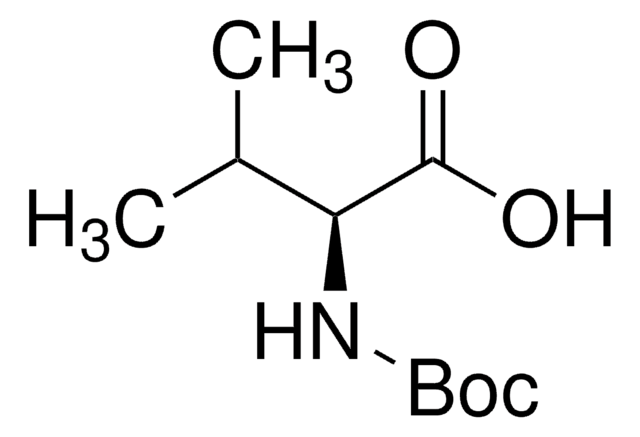
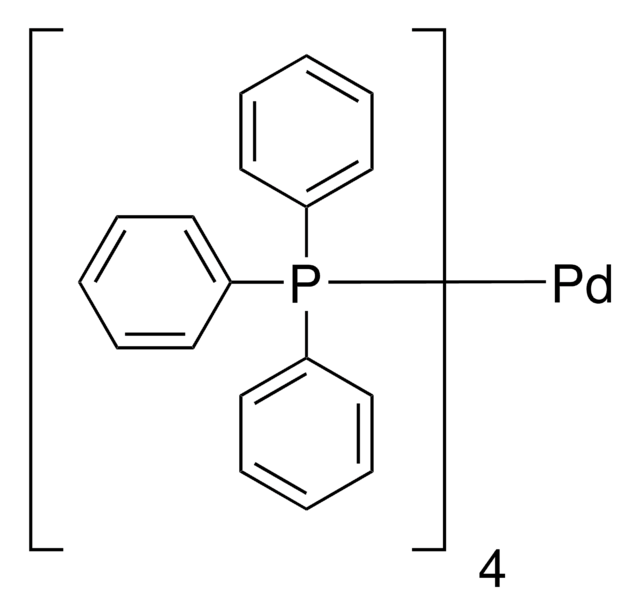
![[1,1′-Bis(diphenylphosphino)ferrocene]dichloropalladium(II)](/deepweb/assets/sigmaaldrich/product/structures/130/734/8846aa26-1858-458a-998d-8c306c13bf0f/640/8846aa26-1858-458a-998d-8c306c13bf0f.png)
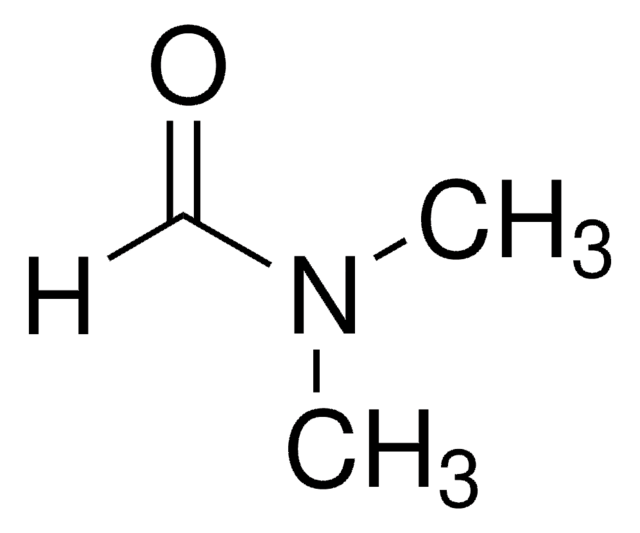
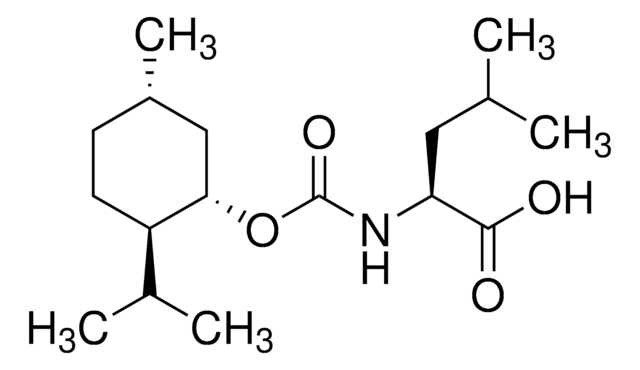
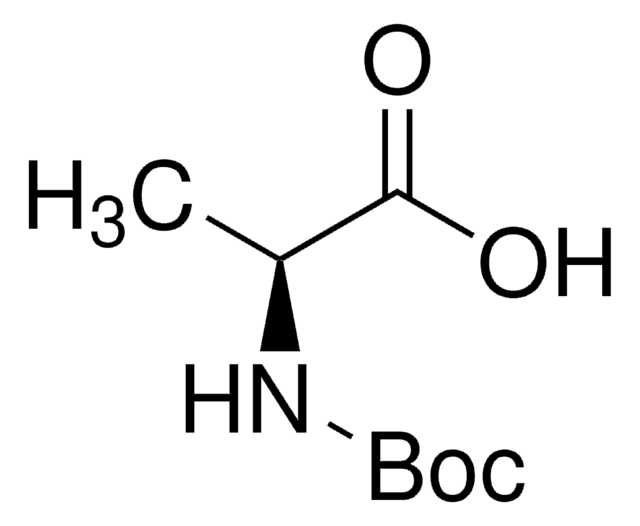
![[1,1′-Bis(diphenylphosphino)ferrocene]dichloropalladium(II), complex with dichloromethane](/deepweb/assets/sigmaaldrich/product/structures/825/986/4317978b-1256-4c82-ab74-6a6a3ef948b1/640/4317978b-1256-4c82-ab74-6a6a3ef948b1.png)
